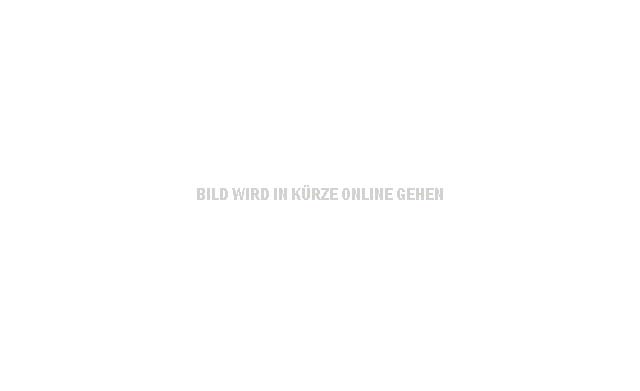Bonding
On the following page you will find an introduction to the basics of grain bonding on the substrate and the topic of active ingredient coating.
The aim is to develop an understanding of the tasks and differences of the bonds in order to be able to choose the right abrasive paper in practice.
CUMI AWUKO Abrasives GmbH
Overview
1. abrasive backing
2. basic binding
3. cover binding
4. abrasive grain
5. coating of the active substance

The cover binding
The top coat is a synthetic resin layer that ensures that the grain has a firm grip on the surface and does not break out due to high forces during sanding.
Depending on the material to be processed, the level of the after-lacquer varies.
1. occurring forces
2. front sight
3. cover binding
Due to the forces acting on the grain during the grinding process, it needs a firm hold on the base. This is achieved by the cover bond.
Cover bond in the metal area
In the metal area, the covering bond is applied in such a way that the grain protrudes from it as far as possible. During metal grinding the grain wears off quickly. The higher the grit protrudes from the surface bond, the longer the service life of the abrasive.
However, sufficient stability must be maintained so that the grit does not break out of the secondary coat. The grit wears off during metal sanding. The higher it protrudes from the surface bond, the greater the economic efficiency.
Cover bond in the wood area
Wood is a very soft material compared to metal. The grain of the abrasive does not wear off during sanding.
However, the service life of the abrasive is limited by the fact that wood chips are deposited in the spaces between the grains. In order to give the chips as little space as possible for this, the cover bond is raised. The spaces between the grains are therefore flatter and the chips can slide out more easily.
The grain does not wear out during wood sanding. The grit protrudes little from the surface bond, so that the chips can slide out of the gaps between the grains more easily.

Active ingredient coatings
Various abrasives are given a so-called active ingredient coating in a further production step. The surface is coated with a top layer, which gives the abrasive further properties for an optimal grinding process.
Active ingredient coatings are differentiated into:
- Multibond
- Stearate coatings

1. stearate coating
2. grit
3. coating bond
The active ingredient coating is a layer which is located above the outer bond which fixes the grain.
Multibond
Multibond: They provide reduced heat generation in the machining area. The grinding process is therefore cooler and the abrasive grains wear less quickly. The service life of the belt is extended.
Due to the reduced heat development, alloyed and high-alloy steels can be ground with higher contact pressures without the workpiece surface turning blue. The blue tarnish colour shows an oxidised surface where the oxide layer, which is important for corrosion protection, can no longer form. Rust is the result.

Stearate coating
Stearate coating: The coating prevents premature clogging of the abrasives. This is important for use on paints, lacquers and plastics. This considerably extends the service life of the belt.
Differentiation of Grit types
The surface bond is a further selection factor for the use of the abrasive. Wood materials, for example, have a completely different chip formation than metal materials and therefore require different conditions for optimum processing.
The right choice of bond ensures a significantly longer service life of the belts. In addition, coatings of active substances extend the properties of the abrasive and help to optimise the grinding process even further.